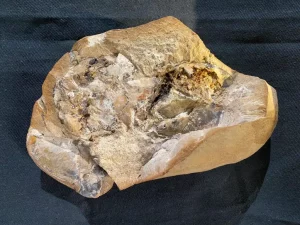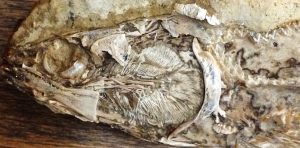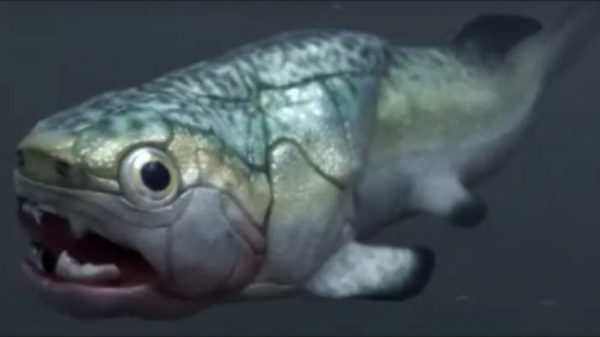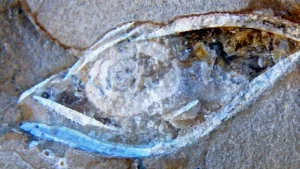Recently, a groundbreaking discovery in the field of paleontology has captured the attention of scientists worldwide. A 380-million-year-old heart has been uncovered inside a fossilized prehistoric fish, shedding light on the evolution of this vital organ found in all vertebrates, including humans.

The fossilized heart belonged to a species known as the Gogo fish, which is now extinct. This remarkable find was made in Western Australia by a team of researchers led by Professor Kate Trinajstic from Curtin University in Perth. The team was astonished when they realized the significance of their discovery, describing it as a momentous breakthrough in the study of ancient life forms.

Typically, only bones are preserved in fossils, but in this case, the minerals in the Gogo rock formation managed to capture the fish’s internal organs in remarkable detail. Along with the heart, the researchers also identified other organs such as the stomach, liver, and intestines, providing a rare glimpse into the anatomy of this ancient creature.

Collaborating with Professor John Long from Flinders University in Adelaide, the scientists highlighted the complexity of the Gogo fish’s heart, which featured a two-chamber design resembling that of a modern human heart. This structure, along with the heart’s forward position within the body, suggests adaptations that enabled the fish to become a more efficient predator, a crucial step in its evolutionary development.

The significance of this discovery extends beyond the world of paleontology, offering insights into the evolutionary processes that have shaped vertebrate species over millions of years. Dr. Zerina Johanson from the Natural History Museum in London emphasized the importance of this finding in understanding the evolutionary history of vertebrates, including humans.

In a separate discovery, researchers in Brazil uncovered a 113-119 million-year-old fish fossil with a perfectly preserved 3D heart, marking the first definitive evidence of a fossilized heart in a prehistoric animal. This finding, published in the journal eLife, has opened up new possibilities for studying ancient soft tissues and their role in evolutionary biology.

These discoveries underscore the invaluable contributions of paleontology to our understanding of the natural world and the complex evolutionary processes that have shaped life on Earth. By unlocking the secrets of ancient organisms, scientists continue to unravel the mysteries of our past and gain a deeper appreciation of the interconnectedness of all living beings.





